01/9The Mahatma's mantra
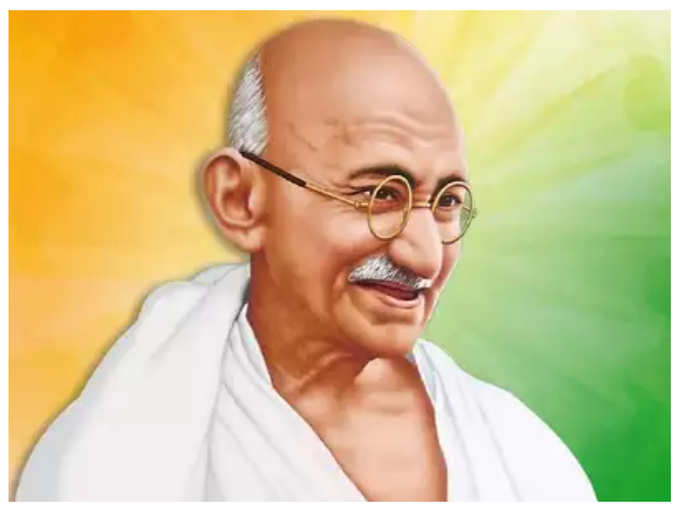
There is a sense of style, a certain air of superiority in deriding the Mahatma. How can we follow a leader who was followed by the poor, the homeless, the uneducated and the un-classy masses? But although it may be difficult to digest for many, it was Mahatma Gandhi who laid the foundation of several principles and doctrines that are so diligently followed by the faddy, sophisticated and the modish generation of our times. Despite believing that they have nothing to do with the dhoti-clad bespectacled leader who looked more like a fakir, people have been following what he taught years ago. As much as he believed in ahimsa and swadeshi, he did also in diet reforms. His autobiography, “My Experiments with Truth” may be his most popular book, but Gandhiji has also written extensively on food and diet. His books “Diet and Diet Reforms, ‘‘The Moral Basis of Vegetarianism’ and ‘Key to Health” talk about his culinary beliefs and health experiments. In his books, Mahatma Gandhi talks about is food experiments and the revelations he had during the process. His vast knowledge is astonishingly ahead of his times. From intermittent fasting to palaeo diet, Gandhiji’s experiments with food and his conclusions are overwhelming.
02/9Fasting and walking


03/9Vegetarianism


04/9Refined sugar, honey and gur


05/9Polished vs unpolished


06/9Milk and ghee


07/9Unfired food


08/9Diet rules


09/9Conclusion






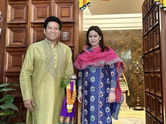
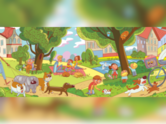





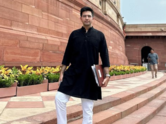



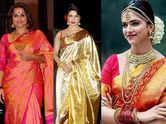













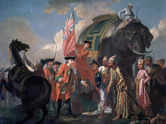
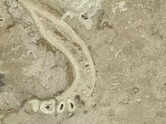





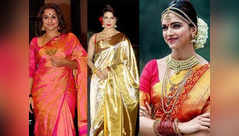



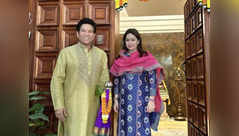



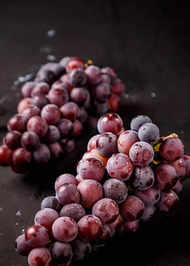



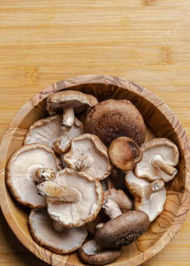
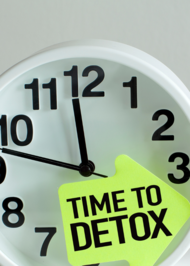











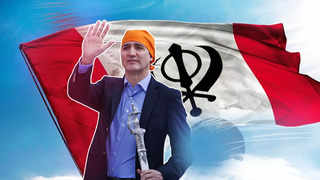
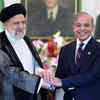



closecomments
SIGN IN WITH
GoogleEmail